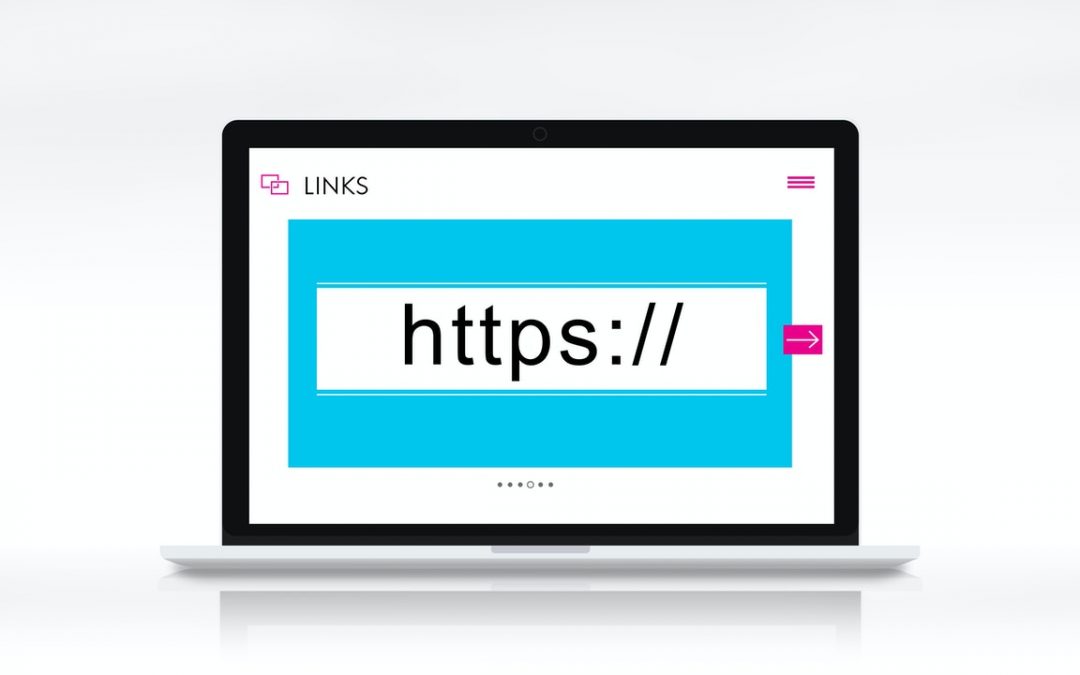While everyone enjoys having a secure web browsing experience, I’m afraid to say not every website offers it. Still, Digital certificate Protocols as SSL, TLS, and HTTP/S are systems that can be put in place to improve the chances.
I’m aware of how confusing these terms are for someone who’s not into the cybersecurity field – and you would be surprised to see how many “experts” confuse the terms as well.
So, we’ll expose them by explaining the differences between them.
What is SSL and How does it Work
SSL (Secure Sockets Layer) is the standard technology that keeps Internet connections safe. They protect all confidential information that is sent across two different systems.
Either your computer and the webserver, through instantaneous negotiations of the SSL link protocol. You can see it as sending an invisible message to the far lands. That way, hackers cannot intercept, read, modify, or steal the content inside while it’s being transferred.
The importance of the hidden “letter” depends on what you send to the website or server. For example, connections links that hold banking credentials are the main targets.
- Authentication: Every new session a user request, is identified and verified by his/her browser.
- Encryption: The server shares a public key with the browser to create a new one and encrypt its previous master key (key exchange).
- Decryption: Then, the server decrypts the pre-master key using the private one. If everything turns correctly, it establishes a well-protected session.
Being seen this way… Everything has (or should possess) an SSL protocol.
- Browers – They’re built to perform correctly on most popular web browsers.
- Servers – They work with all digital certificate protocols that currently exist.
- Email Clients – While almost every email service provider has SSL for its cloud operations, you can still install it yourself to make sure everything is well-protected.
- Payment gateways/processors – Peace of mind is a must for your clients to buy.
- Sign-up Forms – Every username and password typed in needs to be protected.
- Blogs and Media News – They include it as well due to user’s privacy.
So we can conclude that SSL is not only for retail companies and banking institutions.
And this is far from being new. SSL started in the early 90s and is now considered old (at least that’s what IETF thinks). Funny enough, it was last updated in 1996 (SSLv3).
Now you’re 40% more knowledgeable than some IT technicians. But I’m sure that if you have seen the SSL acronym before, you have also faced TLS at any time.
What is TLS and How does it Work
In short words, TLS is just an updated and most safer version of SSL. And because SSL is not used anymore, this is the term everyone should exchange and adapt to from now on.
If we could pinpoint any difference between these two (SSL & TLS), is mainly that SSL resides on an OSI model session layer, while TLS can be found on a transport layer.
The SSL certificates used symmetric/asymmetric encryption algorithms. They are not secure. Instead of the TLS ones, where it offers much better privacy and security to all connections. They can prevent interception due to its faster speed and performance.
60% of awareness has been achieved so far. We covered SSL and TLS so far, but what’s with HTTP and HTTPS protocols?
What are HTTP and HTTPS, and How do they work
If HTTP (Hypertext Transfer Protocol) is used for accessing websites online, then TLS (previously known as SSL) would be the shield that protects from unwanted interference.
Here’s where the misconception is broken: When you install a digital certificate protocol, you set it up to transfer data with the help of HTTPS.
You can’t replace one with the other, because they go hand-by-hand.
You can’t use one without the other. And you better use the one with the S at the end, because it goes for “Secure”.

You can see identify this when typing a web address on the navigation bar.
You’ll notice that the HTTP or HTTPS green lock is automatically added at the beginning.
That indicates that you’re accessing a safe zone – or a red one – while browsing through Google Chrome, Firefox, Microsoft Edge, Internet Explorer, Safari, Opera, and many more.
Visitors (you included) can now check if the site is safe or not before getting in.
I’m glad to be the one who shows you this information. But just to make sure everything is clear…
Which Is The Most Secure Digital Certificate Protocol
HTTP is the entire process of encryption, so you can’t replace it.
You can only upgrade it to HTTPS by adding TLS (previously known as SSL) to the recipe. So it means, the most secure digital certificate protocol is TLS for HTTPS.
Those who tend to interchange both terms are probably the same people on your company’s IT and cybersecurity layer.
Want to keep it this way, or make it better now that you the truth behind? Make a request!
